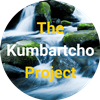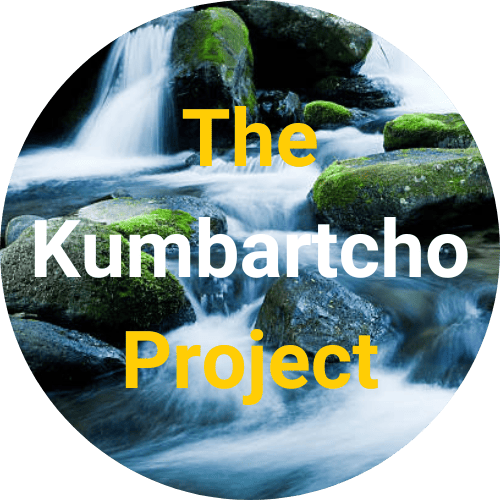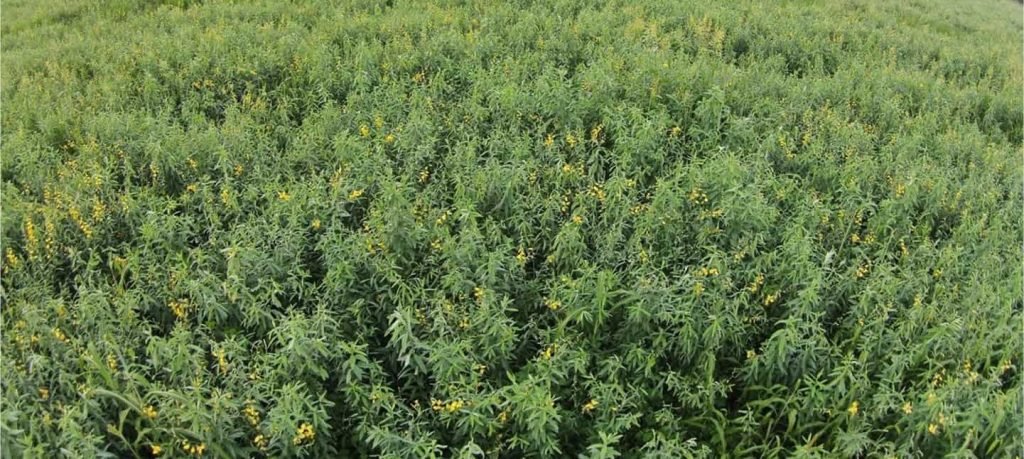It all Starts With the Water
Shane’s regenerative journey began on his first farm, a 300 acre block which had been super charged with lime, super phosphate, & urea. It’s previous history? Timber, beans, pineapples, bananas, dairying, beef.
Sown with tropical grass, & legume species for beef, & heavily fertilized, it was in “decline”, & being colonized with groundsel bush, wild tobacco, acacia, & eucalyptus. Shane engaged an agronomist who recommended “more of the same” to return to soil, & pasture health, & productivity. Shane sought other advice!
Next, Shane moved to Dukes Plain, Theodore, & the challenge of regenerating a degraded, previously cleared, brigalow, semi evergreen vine thicket, & eucalypt forest landscape. This journey of some 31 years is well documented. https://soilsforlife.org.au/dukes-plain/
More recently (2014) Shane embraced the treeless landscape of Kumbartcho, Kilkivan. Previously a cracking dairy farm, it was now second rate grazing country. A history of land clearing, drainage works, & introduced pasture species, combined with heavy chemical usage (fertilizers, herbicides, & insecticides) had rendered this land a true basket case.
The journey at Kumbartcho has been about restoring soil health, complexity of vegetation communities & health, restoring the hydrology of the landscape.
Now with the synthesis of the principals of biodynamics & syntropic agroforestry, in line with Natural Sequence Farming, the program is full steam ahead, as this “hobby farm” heads towards multiple abundant, & financially viable enterprises of beef, poultry, pigs, & vegetables along with education, & farm hosting.
What is Your Farm Problem?
Lack of water.
Loss of Top Soil.
Bare Land.
Input Costs greater than Return.
Decreasing Stocking Rate .
Paddock Yields Decreasing.
Not Moving the Stock Frequently
Add Your Own Problem.
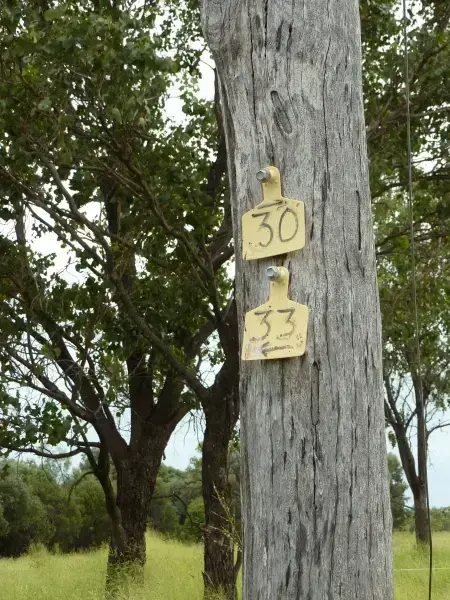
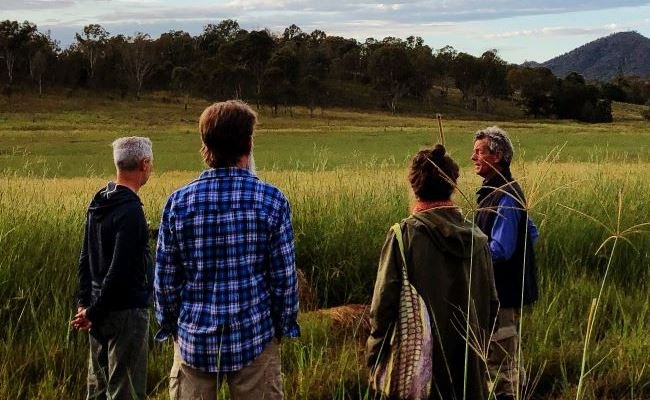
Shane showing the changes to Kumbartcho Farm
Try Something Different
With all the information around it can seem quite overwhelming to figure out where to start if you want to make changes to your farming practices. Who do you believe? What is the first thing you should do?
The best and most inexspensive thing you can do is talk with someone who has done it and has the experience.
Read through the website and especially the pdf about Shane’s 30 year affair with Dukes Plains and the improvements he created.
